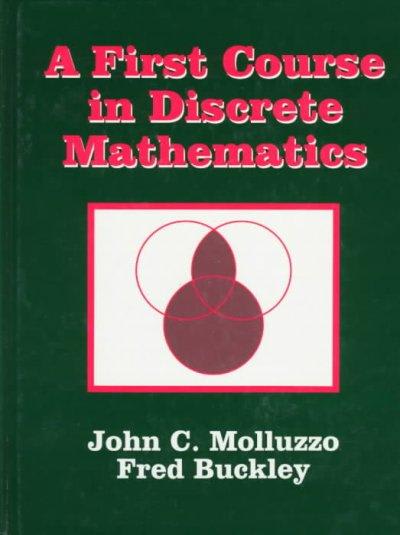Question
Time series are particularly useful to track variables such as revenues, costs, and profits over time. Time series models help evaluate performance and make predictions.
Time series are particularly useful to track variables such as revenues, costs, and profits over time. Time series models help evaluate performance and make predictions.
Consider the following and respond in a minimum of 175 words:
Time series decomposition seeks to separate the time series (Y) into 4 components: trend (T), cycle (C), seasonal (S), and irregular (I). What is the difference between these components?
The model can be additive or multiplicative. When do we use an additive model? When do we use a multiplicative model?
The following list gives the gross federal debt (in millions of dollars) for the U.S. every 5 years from 1945 to 2000:
YearGross Federal Debt ($millions)
1945260,123
1950256,853
1955274,366
1960290,525
1965322,318
1970380,921
1975541,925
1980909,050
19851,817,521
19903,206,564
19954,921,005
20005,686,338
Construct a scatter plot with this data. Do you observe a trend? If so, what type of trend do you observe?
Use Excel to fit a linear trend and an exponential trend to the data. Display the models and their respective r^2.
Interpret both models. Which model seems to be more appropriate? Why?
Provide an example from your personal or professional life where time series data can be useful.
Step by Step Solution
There are 3 Steps involved in it
Step: 1

Get Instant Access to Expert-Tailored Solutions
See step-by-step solutions with expert insights and AI powered tools for academic success
Step: 2

Step: 3

Ace Your Homework with AI
Get the answers you need in no time with our AI-driven, step-by-step assistance
Get Started


